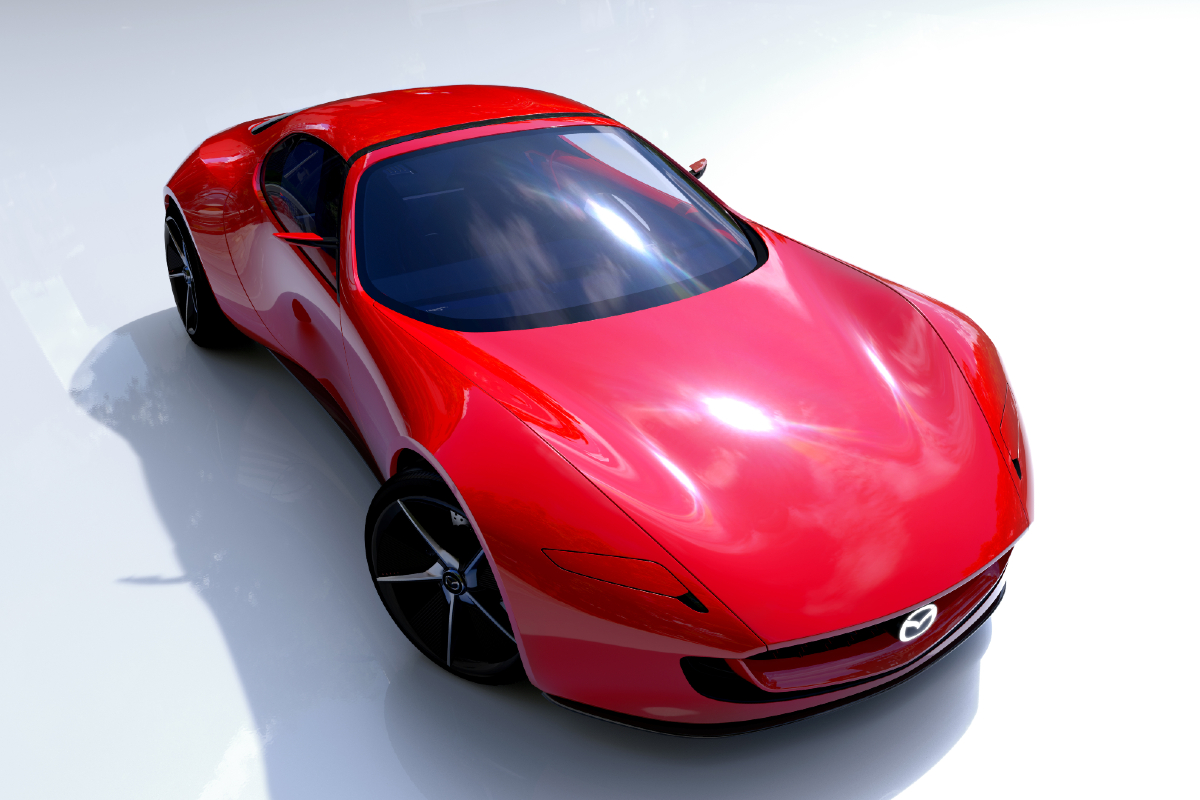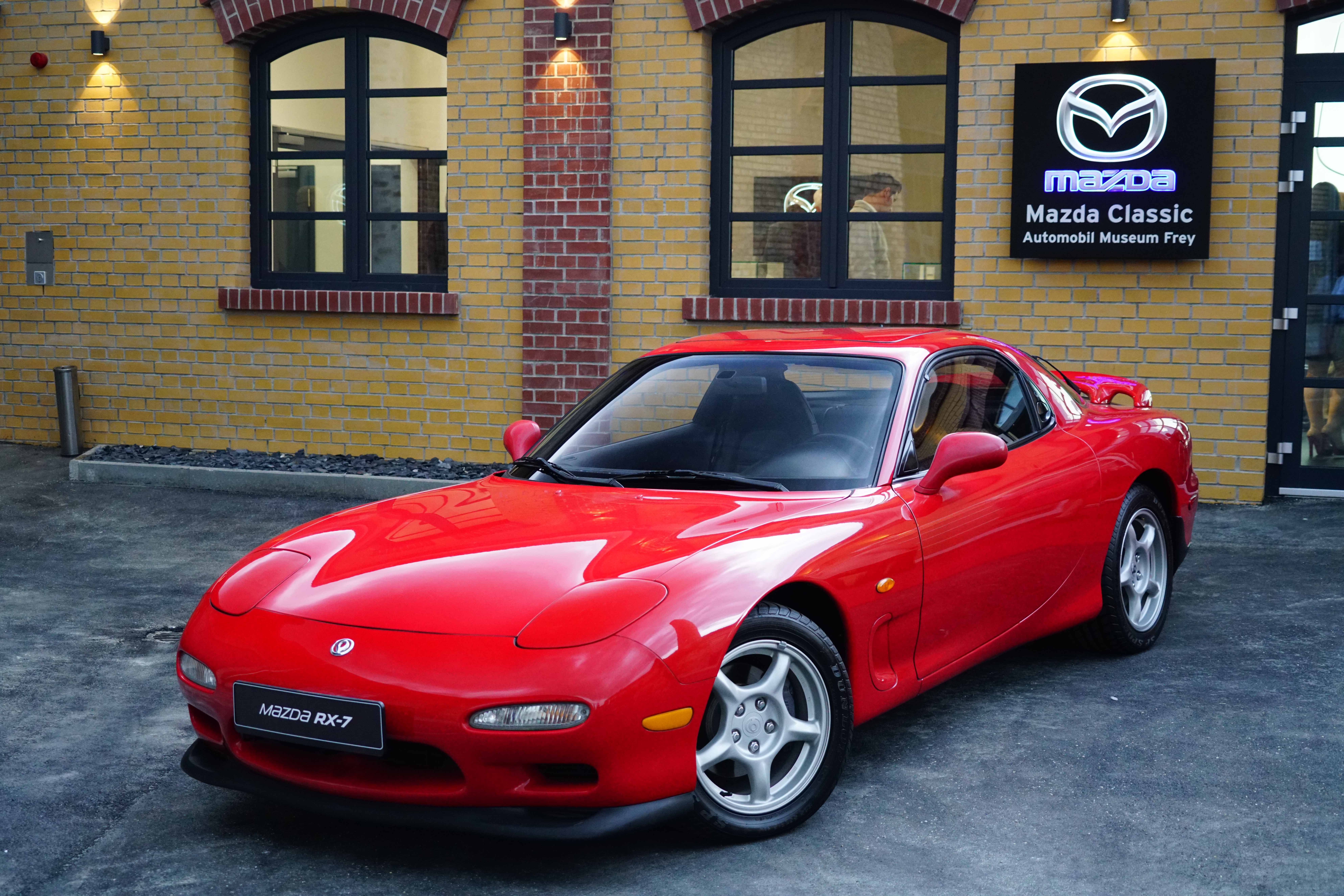
Mazda has officially restarted its rotary engine department in Japan with a view to bring back rotary sports cars like the RX-7.
After a six-year freeze, the ‘RE (Rotary Engine) Development Group’ was formally reinstated within Mazda’s Powertrain Development Division from February 1, 2024.
Comprising 36 dedicated rotary engineers, as well as exploring carbon neutral fuels the department will focus mostly on developing rotary engines as range extenders in electric vehicles, such as the MX-30 small electric SUV. A rotary range-extended version is available in Japan and Europe, going into production in June 2023, where a compact rotary engine with a small fuel tank acts as a back-up generator for the lithium-ion battery.
READ MORE: Mazda RX-7 comeback teased
While that might sound a bit uninspiring, Mazda aspires to apply the rotary range-extender concept to a new-age RX-7 to good effect – with a total claimed output of 272kW.
At the 2023 Japan Mobility Show, Mazda teased the Iconic SP Compact Sports Car concept, a sleek coupe – longer and wider than an MX-5 – with pop-up headlights, gullwing-opening doors and a lightweight, mid-mounted twin-rotor rotary engine.
The Iconic SP Compact’s “high output” rotary engine is part of an electrified powertrain, potentially a series hybrid set-up where it could act solely as a generator for a small battery, in turn supplying powerful electric motors which propel the car.
While it’s not clear whether the rotary engine could directly power the wheels, the rotary would still be very much heard revving away right behind the driver’s head, meaning no need for any artificial noise.

It could be powered by carbon-neutral fuels including even hydrogen, said Mazda. The concept uses an automatic transmission, while it’s a mystery whether it is all-wheel-drive or rear-wheel-drive. Mazda recently patented a hybrid concept with a rotary engine driving the rear wheels, and two electric motors the front.
Weighing a relatively lithe 1450kg, the Iconic SP Compact has a 50-50 weight distribution and low centre of gravity and imagines a carbon-neutral future with vehicles for people who “love cars [and] desire a car that simply embodies the joy of driving”, said Mazda.
Inside, there are twin digital displays for instruments and infotainment, while the concept itself is 4180mm long, 1850mm wide and 1150mm high with a 2590mm wheelbase – slightly smaller than the FD third generation RX-7, which was produced between 1991 and 2002.
READ MORE: Why Toyota holds the key to Mazda RX-7 return
That RX-7’s 13B engine – the most widely produced rotary engine of all time – was also a twin-rotor design.
Mazda called its new twin-rotor engine “highly scaleable”, suggesting it could be used in multiple future models and applications.
Unlike the most common type of internal combustion engine, which has pistons pumping up and down inside a cylinder, the rotary uniquely places a triangular rotor spinning around a central shaft. Capable of very high rpms, the rotary engine produces high power for its weight and also makes a sound like no other, Mazda championing this engine type since the Cosmo Sport was introduced in 1967. The rotary powered Mazda 787B won the 24 Hours of Le Mans outright in 1991.
The last dedicated rotary-powered Mazda, the RX-8, ended production in 2012.













Discussion about this post